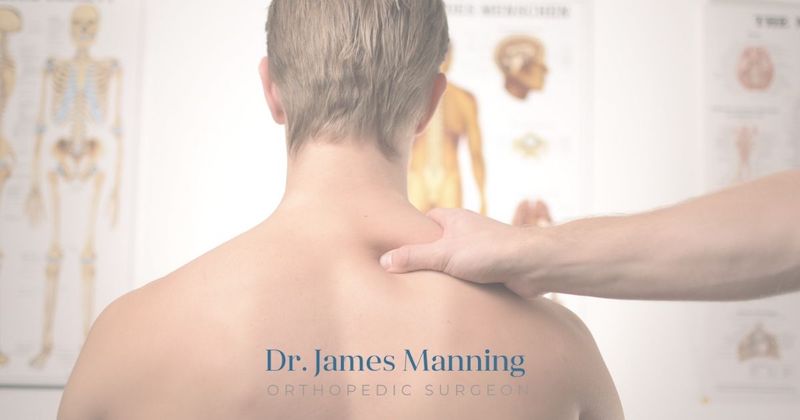When to Be Worried About Shoulder Pain
Did you sleep on the wrong side of the bed or is your shoulder pain something you should be a bit more worried about? Your shoulder is a ball and socket joint that is the central connection for many muscles and tendons. A lot of the mobility of your arm comes from your shoulder. Activities ranging from throwing a ball, swimming, to waving hello to a friend all involve this joint. Shoulder pain can be caused by overuse, muscle strain, or more serious injuries that require in-depth treatment or even surgery. There are signs you should be aware of, such as persistent pain, that tell you when you should consult a doctor for a diagnosis and treatment plan.

Types of Shoulder Pain and Injury
Shoulder injuries can be caused by years of wear and tear or abrupt trauma. If you experience increasing shoulder pain over a period of time, take a moment to evaluate the activities you are performing with your shoulder. If a specific type of activity is causing pain, take some time off, rest, ice, and give your shoulder a break. If the pain does not subside, it could be time to consult a professional about what may be causing the pain and how it can be treated. Gradual shoulder pain and stiffness can be a sign of frozen shoulder and tendonitis.
Irritation of the muscles or tendons around the shoulder can signify a rotator cuff injury. Pain around the rotator cuff is most commonly seen in people that perform repetitive shoulder movements for their occupation or while participating in sports. Rotator cuff injury can be caused suddenly or can occur over time.
A SLAP tear, formally known as Superior Labrum tear from Anterior to Posterior, occurs when there is a lesion or tear in the labrum cartilage of the shoulder. The connection to the bicep muscle is also located in the region where this injury occurs and can be causing some of the pain. SLAP tears do not heal on their own, therefore, require medical attention and most likely surgery. This type of injury can be caused by a sudden, forceful accident or general wear and tear.
Treatment for Shoulder Pain and Injury
If you consult an orthopedic surgeon during the earlies manifestations of your shoulder pain, non-surgical approaches have a higher chance of succeeding. Physical therapy and muscle exercises that support the shoulder joint can be utilized to ease pain and prevent further injury.
For more serious shoulder problems, surgery might be the best option to correct the injury. At Dr. Manning’s office, a variety of shoulder surgeries are performed such as shoulder replacement, distal clavicle resection, shoulder type arthroscopy, shoulder Impingement treatment, rotator cuff procedures, Bankart lesion repair, and SLAP lesion repair.
For a more in-depth evaluation of shoulder pain, schedule an appointment with Dr. Manning to get a professional diagnosis.
Additionally, visit our Shoulder Injuries and Treatment page to view our video gallery of shoulder conditions and procedures.








